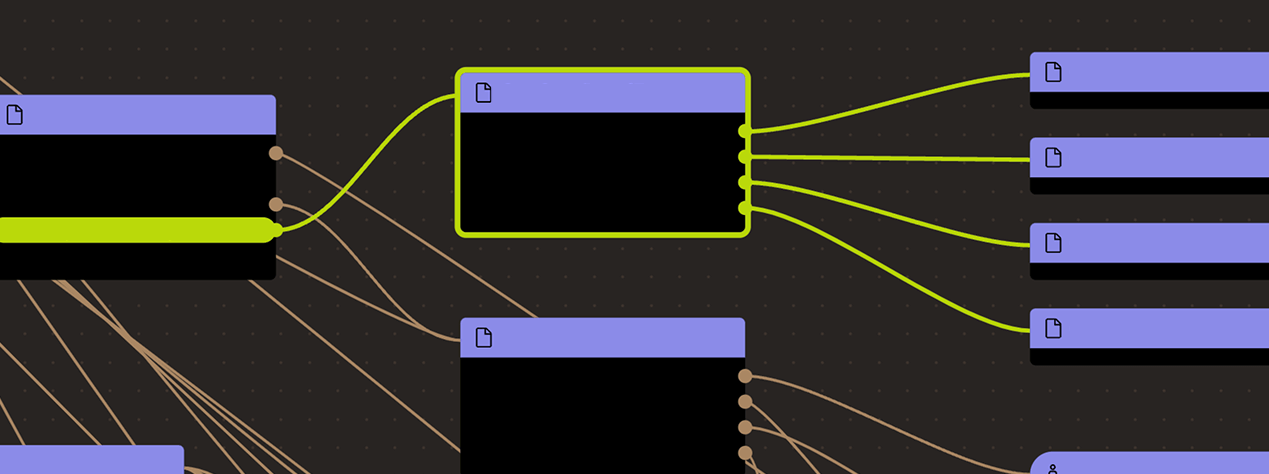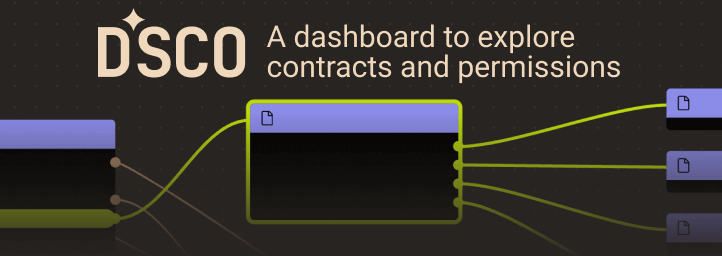Search
Search for projects by name
 Term Structure
Term Structure
Badges
About
Term Structure introduces a distinct ZK Rollup solution democratizing fixed-rate and fixed-term borrowing and lending as well as fixed income trading by offering low transaction fees and enabling forced withdrawals.
Badges
About
Term Structure introduces a distinct ZK Rollup solution democratizing fixed-rate and fixed-term borrowing and lending as well as fixed income trading by offering low transaction fees and enabling forced withdrawals.
The section shows the operating costs that L2s pay to Ethereum.
2024 May 22 — 2026 Jan 04
This section shows how "live" the project's operators are by displaying how frequently they submit transactions of the selected type. It also highlights anomalies - significant deviations from their typical schedule.
2024 May 23 — 2026 Jan 05
Funds can be stolen if
Funds can be lost if
Users can be censored if
MEV can be extracted if
SNARKs are succinct zero knowledge proofs that ensure state correctness, but require trusted setup.
All of the data needed for proof construction is published on Ethereum L1.
There is no window for users to exit in case of an unwanted regular upgrade since contracts are instantly upgradable.
Users are able to trustlessly exit by submitting a zero knowledge proof of funds.
Rollup operators cannot compromise the system, but being application-specific might bring additional risk.
Term Structure provides the infrastructure for fixed-rate leverage, lending and borrowing. Arbitrary contracts are not supported.
All data required for proofs is published onchain
All the data that is used to construct the system state is published onchain in the form of cheap calldata. This ensures that it will always be available when needed.
Each update to the system state must be accompanied by a ZK proof that ensures that the new state was derived by correctly applying a series of valid user transactions to the previous state. These proofs are then verified on Ethereum by a smart contract.
The system has a centralized operator
MEV can be extracted if the operator exploits their centralized position and frontruns user transactions.
Users can force exit the system
Force exit allows the users to escape censorship by withdrawing their funds. The system allows users to force the withdrawal of funds by submitting a request directly to the contract onchain. The request must be served within a defined time period. If this does not happen, the system will halt regular operation and permit trustless withdrawal of funds.
Users can be censored if the operator refuses to include their transactions. However, there exists a mechanism to independently exit the system.
Forced exit
If the user experiences censorship from the operator with regular exit they can submit their withdrawal requests directly on L1. The system is then obliged to service this request. Once the force operation is submitted and if the request is serviced, the operation follows the flow of a regular exit.
Emergency exit
If the enough time deadline passes and the forced exit is still ignored the user can put the system into Evacuation Mode, disallowing further state updates. In that case everybody can withdraw by submitting a zero knowledge proof of their funds with their L1 transaction.
Funds can be lost if the user is unable to generate the non-trivial ZK proof for exodus withdraw.
Flashloans on escrowed funds
The protocol allows flashloans with the funds locked with the bridge, for a fee.
Funds can be lost if the flashloan mechanism is implemented incorrectly.

Ethereum
Actors:
Can update the main verifier, the evacuation verifier, can set the flash loan premium, set the half liquidation threshold, the liquidation factor, the borrow rate, the rollover fee, the withdraw protocol fee, the price feed, the stablecoin used, the minimum deposit amount and it can pause the system.
A Multisig with 4/6 threshold. Owner of the protocol, meaning it can upgrade the project implementation potentially gaining access to all funds.
Can add tokens to the system.
A Multisig with 4/6 threshold. Address collecting a portion of protocol fees. Currently set to 100% of the fees.
A Multisig with 4/6 threshold. Address collecting a portion of protocol fees. Currently set to 0% of the fees.
A Multisig with 4/6 threshold. Address collecting a portion of protocol fees. Currently set to 0% of the fees.

Ethereum
Main contract of the system. It manages deposits, withdrawals, verification, permissions and DeFi operations.
- This contract can store any token.
Value Secured is calculated based on these smart contracts and tokens:
The current deployment carries some associated risks:
Funds can be stolen if a contract receives a malicious code upgrade. There is no delay on code upgrades (CRITICAL).
